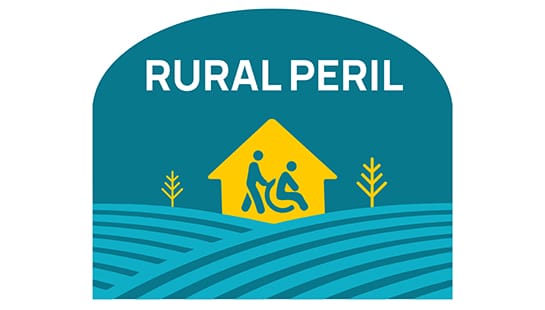
After an “excruciating” experience closing a rural skilled nursing facility, Kimberly Green, chief operating officer for the Diakonos Group, is warning that more providers will face a cascade of similar decisions without better policies and financial support.
Rural facilities are losing patients as demographics shift, and their costs also have risen substantially as it becomes harder to attract staff to facilities in small-town America. McKnight’s Long-Term Care News recently explored these issues in an in-depth series called Rural Peril.

In this episode, Green says policymakers can’t stand idly by and watch closures happen over and over again, citing the trauma of transferring residents and often moving them many miles away from their loved one. She calls on state and federal lawmakers to develop proactive strategies that can help rural nursing homes maintain their presence as a key provider of healthcare, community services and employment.
The first step, she says, is developing a better understanding of how costs are escalating in rural markets.
“You have [to spend] more money for the recruiting and you can’t get things locally. Some of these rural facilities, there’s not a Walmart close. There’s not a DME company close. So you pay more for everything, you either have the mileage or you have the shipping or you have the extra fees to get people out there to do training. Everything about having a rule facility is much more expensive, but yet they’re relying on less money,” Green tells McKnight’s Long-Term Care News Senior Editor Kimberly Marselas.
“We have to remember that there is not a level playing field between urban facilities and rural facilities,” she continues. “People are thinking it’s less expensive to run one, and that’s simply not true.”
Adjustments like rural add-ons “are going to be absolutely necessary” to preserve access for aging seniors in such communities, she adds.
“We have to remember what’s coming in the next decade, and that’s 37 million aging adults hitting age 65. … We’ll get the younger people that have the significant issues, the really exacerbated COPD, the cancers, the Parkinson’s, those kinds of things. … But then around 70, 71 is when those people start hitting our doors traditionally. And at 10,000 people a day, we don’t and we won’t have enough beds in the urban areas. And if you’re closing the small facilities in the rural areas, there will be no support. I don’t think anybody’s thinking about that and planning for it.”




